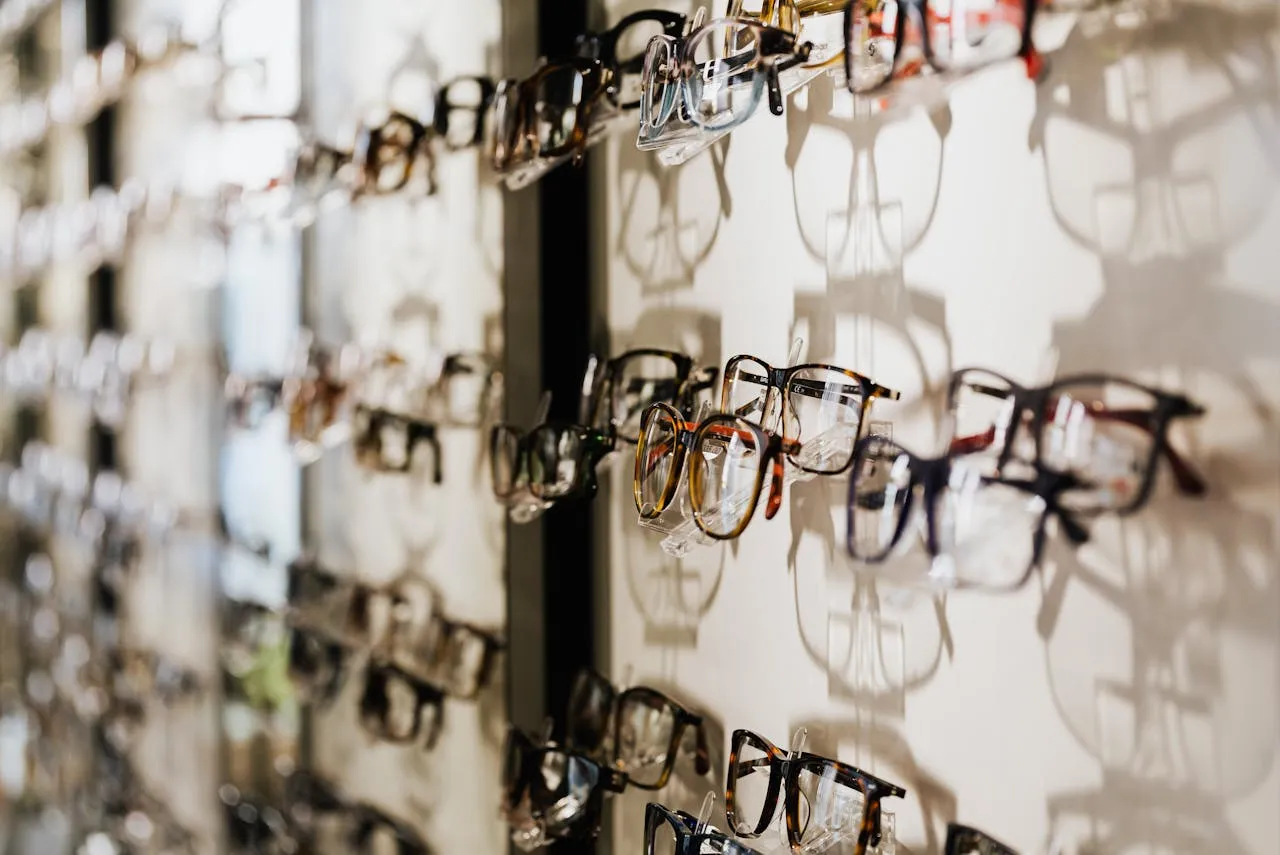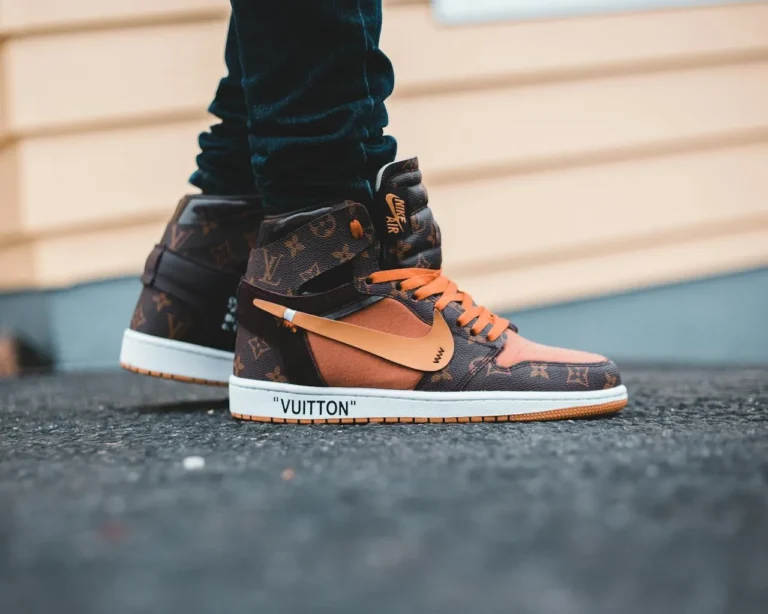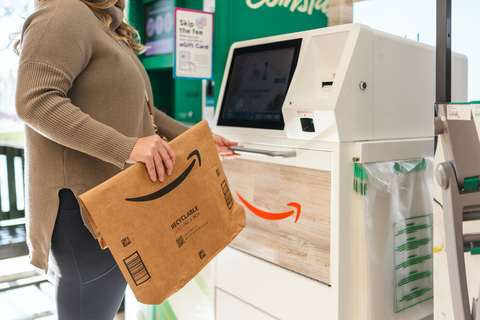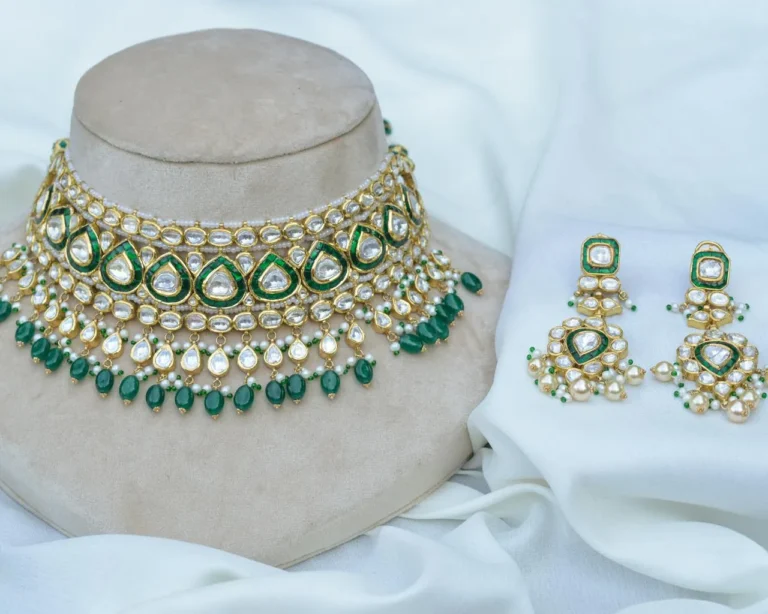
Eyewear Market Growth Trends and Forecast (2025-2033)
Market Overview
The global eyewear market is projected to grow significantly, reaching an estimated valuation of US$ 288.83 billion by 2033, up from US$ 161.94 billion in 2024. This growth represents a compound annual growth rate (CAGR) of 6.64% from 2025 to 2033. Several factors, including the rising prevalence of vision impairments, increasing fashion influences, technological advancements, and growing awareness of eye health, are driving this expansion.
Key Growth Drivers
1. Fashion Trends and Lifestyle Influence
Eyewear Market has evolved beyond a functional necessity into a fashion statement. Consumers are increasingly seeking stylish frames alongside high-quality lenses. Luxury fashion brands are collaborating with eyewear manufacturers to introduce innovative designs and premium products. For instance, in September 2023, German luxury fashion brand MCM partnered with Marcolin to design and distribute exclusive eyewear collections. The blend of fashion and functionality continues to propel market growth.
Additionally, Eyewear Market companies are introducing limited-edition collections and influencer-driven campaigns to cater to younger demographics. Social media platforms, particularly Instagram and TikTok, play a crucial role in shaping eyewear trends, further driving market demand.
2. Increasing Prevalence of Vision Impairments
The global rise in vision disorders is a key factor contributing to the demand for eyewear. According to the International Myopia Institute (2020), approximately 5 billion people will be affected by myopia by 2050. Additionally, the U.S. Centers for Disease Control and Prevention (CDC) (2024) reported that 12 million Americans aged 40 and above suffer from vision impairment, while 6.8% of children under 18 have a diagnosed eye problem. The aging population and increased screen time further amplify this trend.
Digital Eyewear Market strain caused by prolonged exposure to screens has also led to an increased demand for blue light-blocking glasses, which protect against harmful light emitted by digital devices. This segment has witnessed substantial growth, particularly among remote workers and students.
3. Technological Advancements in Eyewear
Innovations in materials and lens technology are enhancing product functionality. Lightweight and durable materials like Trivex and polycarbonate lenses offer impact resistance, UV protection, and superior optical clarity. In May 2024, KOO Eyewear launched the Galaxy ALIBI capsule collection, featuring high-performance Zeiss cylindrical polycarbonate lenses, designed for athletes and outdoor enthusiasts. The growing adoption of smart eyewear, equipped with augmented reality (AR), fitness tracking, and anti-glare coatings, is revolutionizing the market.
Moreover, advancements in prescription lens customization have made it easier for consumers to obtain personalized eyewear solutions. Adaptive lenses, which automatically adjust tint levels based on lighting conditions, are becoming increasingly popular among users seeking convenience and eye protection.
4. E-Commerce and Digital Retail Growth
Eyewear Market Online platforms are transforming eyewear purchasing experiences. E-commerce has expanded accessibility, offering customization and virtual try-on options. Companies are leveraging AI and AR for personalized recommendations. The convenience of online shopping has fueled higher sales, particularly in regions where retail infrastructure is limited.
Brands like Warby Parker and Zenni Optical have revolutionized the online eyewear market with affordable direct-to-consumer (DTC) models, allowing customers to order prescription glasses at competitive prices without visiting a physical store. Additionally, the integration of AI-powered vision tests is simplifying the online prescription renewal process, further streamlining the shopping experience.
5. Sustainable and Eco-Friendly Eyewear
Sustainability is gaining traction in the eyewear sector, with brands adopting biodegradable acetate, recycled plastics, and eco-friendly production techniques. Companies are prioritizing ethical sourcing and environmentally responsible manufacturing to cater to the growing demand for sustainable products.
Leading brands like Pela Vision and Stella McCartney Eyewear have introduced 100% plant-based and biodegradable frames, setting a precedent for the industry. The increasing adoption of closed-loop recycling programs, where customers return old frames for refurbishment or recycling, is further contributing to sustainability efforts.
Market Challenges
1. Rapidly Changing Consumer Preferences
Eyewear Market Fashion and technology trends evolve quickly, requiring eyewear brands to stay agile. Consumers demand unique designs, vibrant colors, and innovative features, such as blue light-blocking lenses. However, predicting future trends accurately remains challenging, often leading to inventory mismanagement and potential overproduction.
2. Supply Chain and Distribution Issues
The Eyewear Market industry relies on global supply chains for raw materials like acetate, metal frames, and specialized lenses. Factors such as geopolitical uncertainties, labor shortages, and transportation delays can disrupt supply chains. These challenges affect production timelines, inventory management, and product availability, impacting overall market stability.
3. Competition from Contact Lenses and Vision Correction Surgery
The increasing adoption of contact lenses, LASIK, and other corrective surgeries presents a challenge to traditional eyewear sales. While glasses remain popular, advancements in refractive surgery and extended-wear contact lenses could shift consumer preferences away from traditional spectacles.
Regional Market Insights
1. North America
North America remains a dominant market for eyewear, driven by high disposable income, advanced healthcare infrastructure, and increasing awareness of eye health. The region also leads in technological innovations, with companies launching AI-powered eyewear solutions.
2. Europe
Europe has a strong Eyewear Market presence, particularly in the luxury eyewear segment. Countries such as Italy, France, and Germany have a long-standing tradition in eyewear craftsmanship. The region’s commitment to sustainability has accelerated the adoption of eco-friendly eyewear materials.
3. Asia-Pacific
Asia-Pacific is experiencing rapid market growth, attributed to increasing urbanization, rising middle-class incomes, and a high prevalence of myopia. China, Japan, and South Korea are leading in colored contact lenses and premium eyewear demand. The region also sees significant investments in smart eyewear technology.
4. Latin America and the Middle East & Africa (MEA)
Growing disposable incomes and expanding retail networks are fueling eyewear sales in Latin America and MEA. Increased awareness of eye health and a rising demand for affordable prescription glasses and sunglasses contribute to market expansion in these regions.
Competitive Landscape
The eyewear industry features a mix of established brands and emerging players. Major companies include:
- Luxottica Group (Ray-Ban, Oakley, Persol)
- Essilor International (Varilux, Crizal)
- Johnson & Johnson Vision (Acuvue contact lenses)
- Carl Zeiss AG (high-performance lenses)
- Safilo Group (Dior, Fendi, Carrera)
- Warby Parker (direct-to-consumer eyewear retail)
These companies focus on product innovation, brand collaborations, and digital retail strategies to maintain their market position.
Future Outlook and Market Opportunities
1. Expansion of Smart Eyewear Market
The rise of augmented reality (AR), artificial intelligence (AI), and wearable technology is creating new growth opportunities. Smart glasses integrated with heads-up displays, voice assistants, and real-time data analytics are gaining popularity, especially among professionals and gamers.
2. Growth in Online and Omnichannel Retail
The future of eyewear sales will rely heavily on online and omnichannel strategies. Companies investing in AI-driven personalized shopping experiences, virtual try-on technology, and subscription-based eyewear services will likely gain a competitive edge.
3. Rising Demand for Sustainable Products
Consumers are increasingly conscious of sustainability, driving demand for biodegradable and recyclable materials. Brands that prioritize eco-friendly innovations will appeal to the environmentally conscious market segment.
4. Advances in Prescription Eyewear Technology
The development of adjustable-focus glasses, progressive lenses, and enhanced blue light filtering technologies will cater to the needs of aging populations and digital device users.
The eyewear market is poised for significant growth, fueled by a combination of fashion trends, technological advancements, increasing vision impairments, and e-commerce expansion. Businesses that embrace innovation, adaptability, and customer-centric strategies will thrive in the global eyewear industry.







